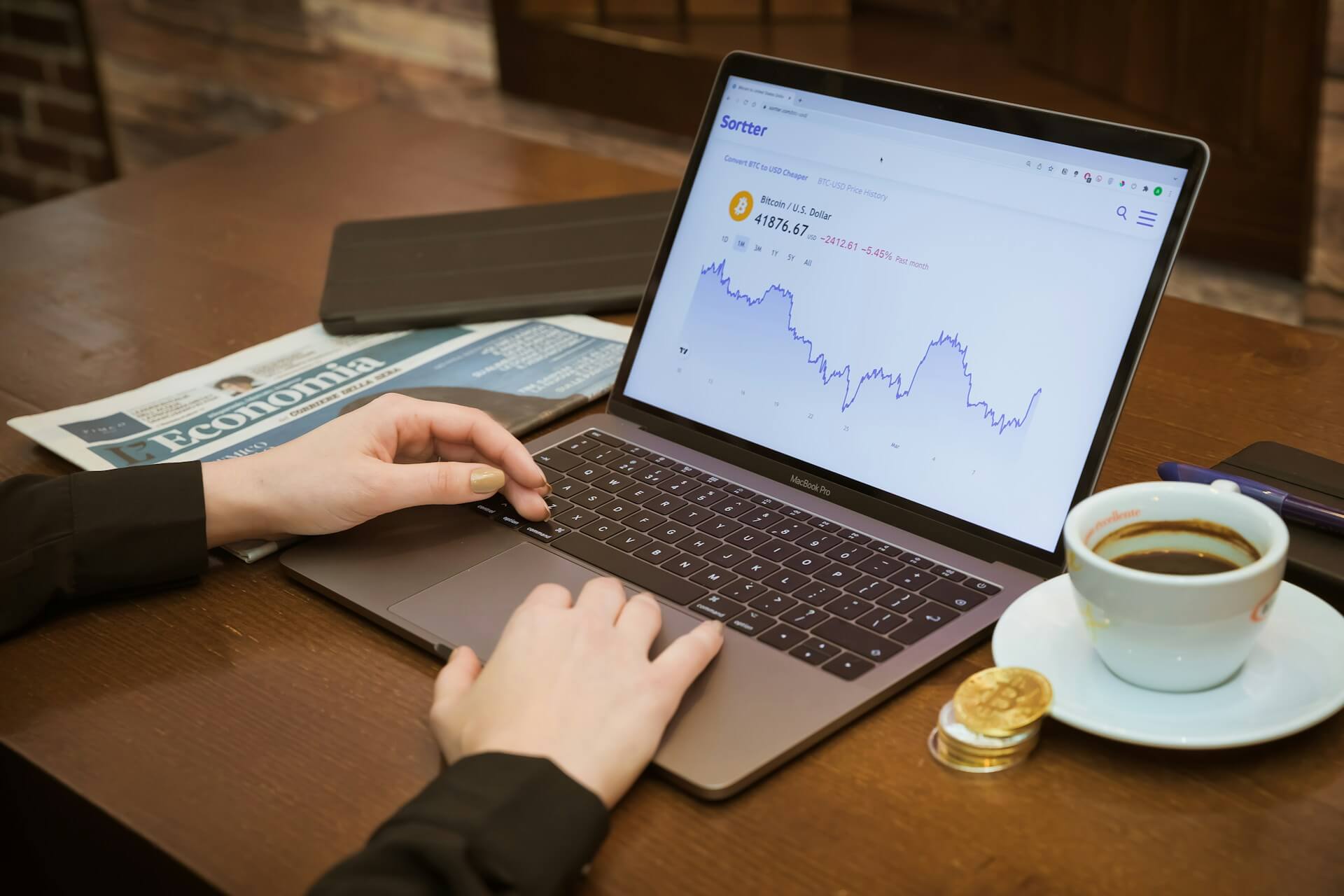Investment
5
min read
10 high-risk, high-reward investments to consider

Amanda Gile
July 29, 2025

Every investment involves some risk, but certain opportunities go further in pursuit of greater returns. High-risk, high-reward investments offer the potential for both substantial gains and significant losses. Investing involves risk, including loss of principal and past performance does not guarantee or indicate future results. For those comfortable with volatility and uncertainty, they can be a compelling way to accelerate wealth-building.
Explore the key characteristics of high-risk, high-reward investments and decide if this investment path is right for you.
{{key-takeaways}}
Understanding high-risk investments
High-risk investments carry a greater chance of losing some or all of your capital, but they also offer the potential for higher-than-average returns. The tradeoff is essential: Chasing significant gains requires accepting potential substantial losses.
These investments might be in emerging industries, companies with unproven track records, or assets influenced by unpredictable market forces. Key risk factors can include:
- Market volatility: Prices can fluctuate sharply and unpredictably, increasing loss potential.
- Liquidity: Low liquidity may force selling at a loss or holding assets longer than intended.
- Lack of regulation: Less oversight can increase the risk of scams or unethical practices.
Your investment strategy comes down to your risk tolerance — how much risk you are willing to take on without causing stress or compromising your financial goals. This can be influenced by factors like income, age, and objectives. Understanding what makes an investment high risk and assessing your capacity to deal with uncertainty can help you make informed choices.
10 high-risk, high-reward investment options
Every investment option comes with its specific level of risk and potential rewards. Here are 10 examples of high-risk investments to consider.
- Cryptocurrencies
Digital assets like Bitcoin (BTC) operate on decentralized blockchain networks. Their value can be highly volatile, driven by regulatory development, adoption trends, perceived value and technological shifts. While early investors have seen dramatic growth, crypto remains speculative and unregulated in many jurisdictions. Investors risk rapid declines or even total loss.
- Initial public offerings
An initial public offering (IPO) marks the first time a private company offers shares to the public. IPOs can deliver rapid gains if demand soars, but they’re inherently risky due to limited financial history and potential overvaluation. IPOs can underperform in the months following their debut.
- Penny stocks
Penny stocks are shares of small, often unproven companies trading at low prices (usually under $5). They’re typically listed on over-the-counter markets, where reporting requirements are minimal. While the low cost can be attractive, these can be high-risk, high-reward stocks — notoriously volatile and vulnerable to potential manipulation schemes.
- Options trading
Options give investors the right to buy or sell an underlying asset at a predetermined price within a set time. They offer the potential for significant percentage gains with relatively low capital, but they also pose a high risk of total loss – including loss of more than your original investment or principal. Many options expire worthless.
- Venture capital and angel investing
Investing in early-stage startups can yield massive returns if the company succeeds — these have been some of the highest ROI investments historically. Angel investors typically use personal capital to fund these companies, while venture capital typically comes from investment firms. These investments are illiquid, often requiring years to mature, and most startups fail, making this a high-risk category with a long runway.
- Leveraged exchange-traded funds
Leveraged exchange-traded funds (ETFs) aim to deliver two or three times the daily performance of a market index or sector. While they can be quick-return investments, they also magnify losses, especially in volatile markets. Due to compounding and daily resets, leveraged ETFs are not designed for long-term investing and require close monitoring.
- High-yield bonds
High-yield bonds are issued by companies with lower credit ratings, and they therefore must offer higher interest rates to attract investors. These “junk bonds” can carry an increased risk of default, especially during economic downturns.
- Real estate investment trusts
Real estate investment trusts (REITs) allow investors to gain exposure to real estate markets without owning physical properties. While many REITs can be relatively stable, sector-specific or high-yield investments can carry considerable risk due to interest rate sensitivity and economic cycles.
- Emerging markets
Investing in the stock markets of developing economies can offer the potential for high returns fueled by factors like population growth and industrialization. However, these markets are also subject to political instability and currency fluctuations, which can elevate the risk.
- Currency trading
Currency trading, known as forex, involves buying and selling currencies in pairs to profit from changes in exchange rates. It’s one of the most liquid but also most volatile markets — leverage can dramatically amplify gains or losses within minutes. For most retail investors, forex is an extremely risky space requiring specialized knowledge.
{{inline-cta}}
The importance of managing risk
Managing risk is essential when pursuing these types of investments, protecting your capital and helping prevent significant losses. One of the most effective strategies can be portfolio diversification, which involves spreading your investments across asset classes, sectors, and regions to reduce reliance on any single asset’s performance.
It’s also important to set clear investment limits for high-risk assets based on your financial goals and risk tolerance. Tools like stop-loss orders can help limit downside by automatically selling a position if it drops below a certain threshold.
High-risk investments require ongoing oversight. It is important to monitor your portfolio regularly and rebalance as needed to maintain your desired risk level. Given the complexity of high-risk investing, consider working with a financial advisor who can help tailor a strategy to your needs.
Are high-risk investments right for you?
Whether high-risk investments are a good fit depends on your unique circumstances. If you’re someone who has time to recover from market downturns, you may be more inclined to explore more risky options that may offer high-upside opportunities such as cryptocurrencies, penny stocks, or venture capital. These assets offer significant gains but demand a strong risk tolerance and close attention to market trends.
As you approach retirement, or if you’re already retired, losses could put your financial stability at risk, so you may be prioritizing capital preservation. In those cases, focusing on low or medium-risk investments, like annuities, may be a smarter strategy. Annuities can support long-term financial planning with greater protection built in. Fixed annuities can offer steady growth and predictable payouts with guaranteed interest rates. If you’d prefer an annuity with more growth potential, a variable or fixed index annuity can provide some market exposure.
Create greater financial stability with Gainbridge
For investors looking to balance risk in their portfolios and generate predictable income, Gainbridge’s annuities can deliver predictable, stable growth. With no hidden fees and a 30-day free-look period, Gainbridge can simplify your investment strategy.
To explore your options, contact Gainbridge today.
This article is intended for informational purposes only. It is not intended to provide, and should not be interpreted as, individualized investment, legal, or tax advice. For advice concerning your own situation please contact the appropriate professional. The GainbridgeⓇ digital platform provides informational and educational resources intended only for self-directed purposes.
Maximize your financial potential
with Gainbridge
Start saving with Gainbridge’s innovative, fee-free platform. Skip the middleman and access annuities directly from the insurance carrier. With our competitive APY rates and tax-deferred accounts, you’ll grow your money faster than ever.
Learn how annuities can contribute to your savings.

Individual licensed agents associated with Gainbridge® are available to provide customer assistance related to the application process and provide factual information on the annuity contracts, but in keeping with the self-directed nature of the Gainbridge® Digital Platform, the Gainbridge® agents will not provide insurance or investment advice

Explore different terms and rates
See how your money can grow with Gainbridge
Try our growth calculator to see your fixed return before you invest.


.jpg)





















